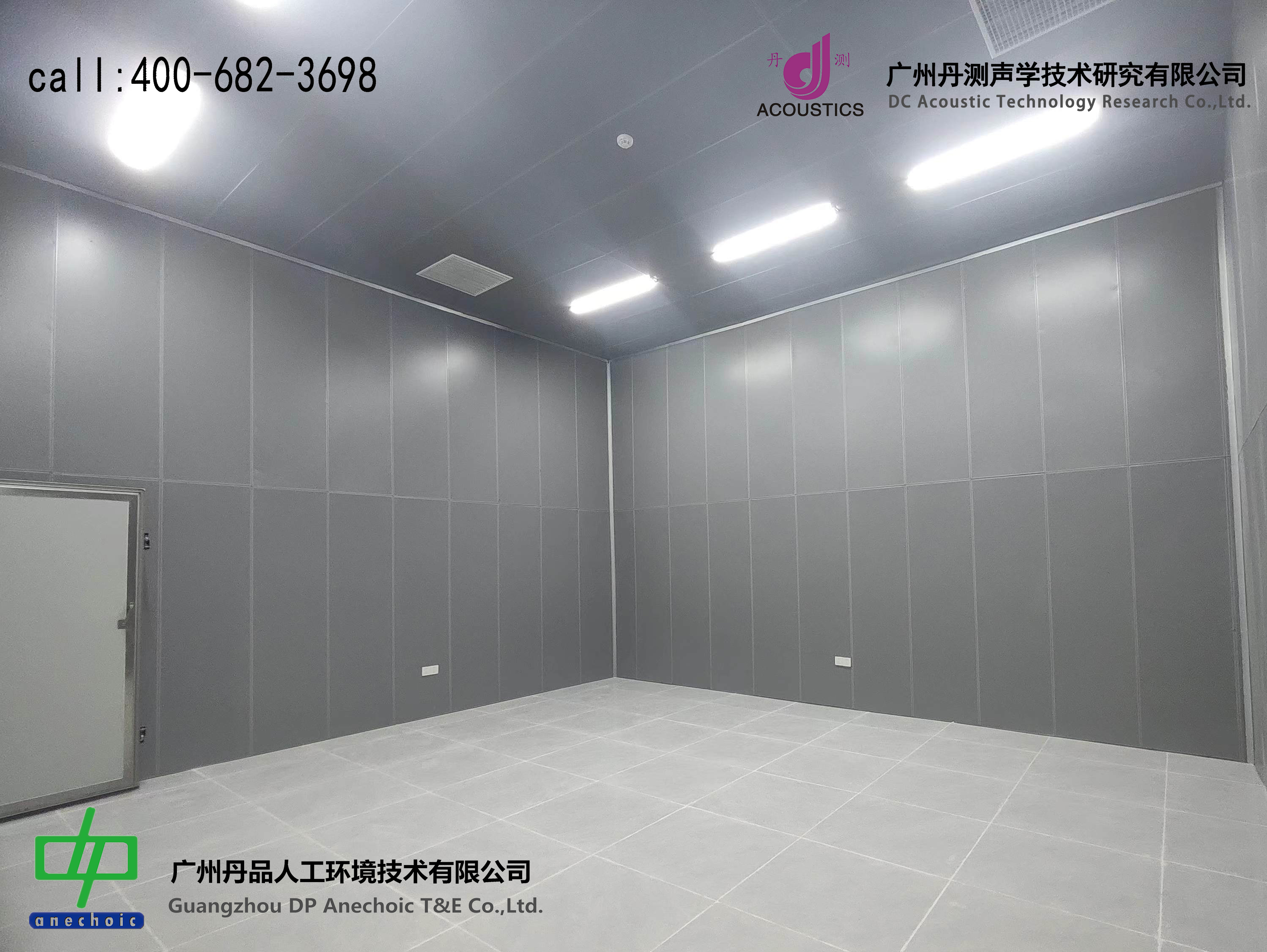
China Electric Power Research Institute Co., Ltd. (abbreviated as CEPRI) was founded in 1951.It is a scientific research unit directly under State Grid Corporation of China and a multidisciplinary and comprehensive scientific research institution inthe power industry of China.It mainly engages in research on UHV / EHV AC/DC power transmission and transformation technologies, power grid planning analysis and safety control technologies, design and construction technologies of power transmission and transformation projects, distribution and power utilization technologies, as well as new energy, energy storage and new electrotechnologies, information and communication, energy - efficiency evaluation and energy - saving, artificial intelligence, carbon neutrality, etc. The research scope covers all aspects of power science and its related fields.
GZ DP Anechoic T&E Co., Ltd. is composed of a team of acoustic experts and professional engineers who have been engaged in various acoustic technology researches at home and abroad for many years and possess rich theoretical and practical experience. It owns office buildings and factories of its own. There is an acoustic laboratory built in the factory that meets the CNAS standards, and this laboratory can monitor the acoustic technical indicators of the products belonging to it and provide external acoustic testing services. Through the arduous efforts, continuous innovation and development of the Danpin team, the acoustic laboratories designed, produced and installed by the team have products with accurate technical indicators, being environmentally - friendly, durable in quality, beautiful in appearance and high in technological content.
The noise - reduction device for acoustic sensor testing is a kind of equipment specially used to reduce external noise interference during the testing process of acoustic sensors. Its purpose is to create a relatively quiet and stable testing environment for acoustic sensors to ensure the accuracy and reliability of test results. In scientific research institutions, when researchers use acoustic sensors to study weak sound signals (such as weak animal calls in bio - acoustics, subtle natural sounds in environmental acoustics, etc.), the noise - reduction device can help them obtain purer and more accurate sound signals, so as to better conduct data analysis and research. For specific acoustic design, manufacturing, construction, installation and brief introduction of on - site actual measurement and acceptance and other follow - up materials, please pay attention to browsing the project cases on the official website of the company, or scan the QR code of the WeChat public service account of the company to get free push notifications. For detailed materials, please go to the download center on the official website of the company to download them for free.
Keywords: soundproof chamber, anechoic chamber, quiet chamber, reverberation chamber, semi-soundproof chamber, semi-anechoic chamber, fully soundproof chamber, fully anechoic chamber, acoustic measuring instruments, vibration measuring instruments.
I. Procurement Content
(1) Noise reduction device for acoustic sensor testing
II. Basis of Standards
(1) GB/T 6882 "Acoustics - Determination of sound power levels of noise sources - Precision methods for anechoic rooms and fully anechoic rooms"
(2) ISO 3745 "Acoustics - Determination of sound power levels of noise sources - Precision methods for anechoic rooms and fully anechoic rooms"
III. Main Indicators and Project Content
1.Laboratory background noise: When the air conditioner is turned off, the background noise Lg(A) in the room is less than 25 dB(A); when the air conditioner is turned on, the noise reduction performance of the muffler is not lower than 20 dB(A).
2.Reverberation time: less than 0.6 s at 100 Hz.


(Schematic diagram of the noise reduction device for acoustic sensor testing)
For more specific details, you are welcome to call us for consultation or scan the QR code below to get more updates of our company.
